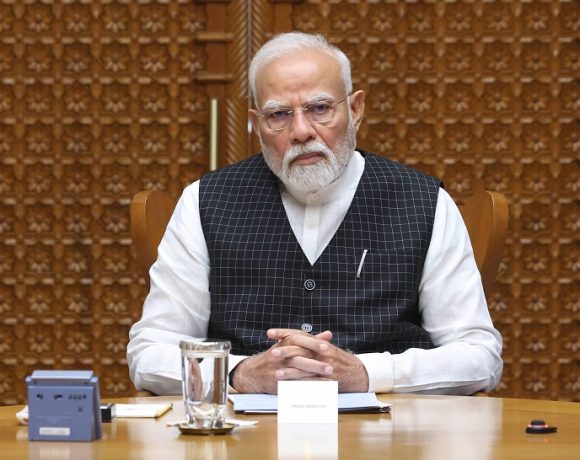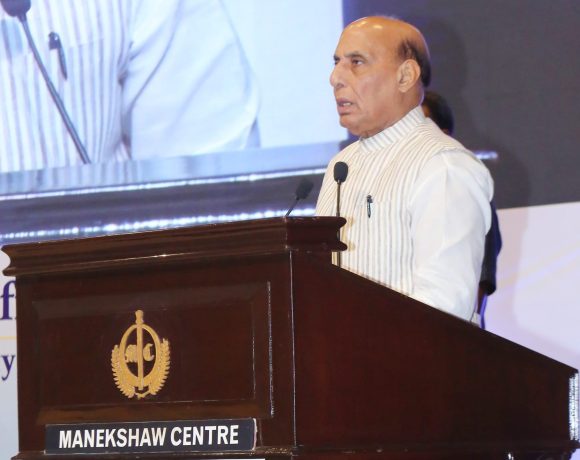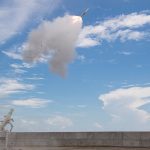
India Advances Tejas Engine Self-Reliance with Dry Kaveri Afterburner Test
India’s move towards indigenous jet engine capability has taken a significant leap. The Defence Research and Development Organisation’s Gas Turbine Research Establishment (GTRE) has cleared integration of its Dry Kaveri turbofan, now enhanced with a newly developed afterburner, into a prototype Tejas Light Combat Aircraft (LCA) for flight testing.
Dry Kaveri with new afterburner
The Dry Kaveri, a non-afterburning variant originally developed for the Ghatak stealth UCAV, has recently surpassed expectations by delivering 49–51 kN of dry thrust. Combined with the indigenous afterburner—developed in collaboration with BrahMos—this setup aims to boost thrust to around 78–80 kN. This is comparable to the General Electric F404-IN20 engine currently used in Tejas Mk1A aircraft. Multiple ground tests have shown that this new configuration can yield around 80 kN, drawing GTRE closer to matching global standards.
Flight trials on Tejas LSP jets
GTRE will conduct flight tests using two Limited Series Production (LSP) Tejas aircraft, PV-5 and PV-6, outfitted with the Dry Kaveri engine. These trials will crucially validate the engine’s performance in real-world flight conditions, assessing parameters such as thrust dynamics, fuel efficiency, thermal regulation, and compatibility with aircraft systems.
Beyond Tejas Mk1A
A successful Tejas integration could pave the way for extensive retrofitting of the Mk1A fleet with the Dry Kaveri. Future “Kaveri 2.0” versions—with expected thrust levels of 83–85 kN—could potentially replace F404 engines, lessening India’s dependence on foreign suppliers and bolstering self-reliance in aeronautical propulsion.
Wider program and next steps
GTRE’s program includes upcoming high-altitude trials in Russia using a modified Il-76 flying testbed, slated for September 2025. These tests aim to verify engine performance under realistic flight profiles, including endurance, stress response, and system integration. Certification for the Dry Kaveri is targeted by 2032, with limited production expected to begin during 2025–26.
Design challenges ahead
Weight remains a concern: at around 1,180 kg, the Dry Kaveri is heavier than comparable engines like the F404 (approx. 1,036 kg). GTRE is actively working on weight reduction through advanced materials and refined manufacturing, partnering with domestic firms like MIDHANI for lighter alloys.


















